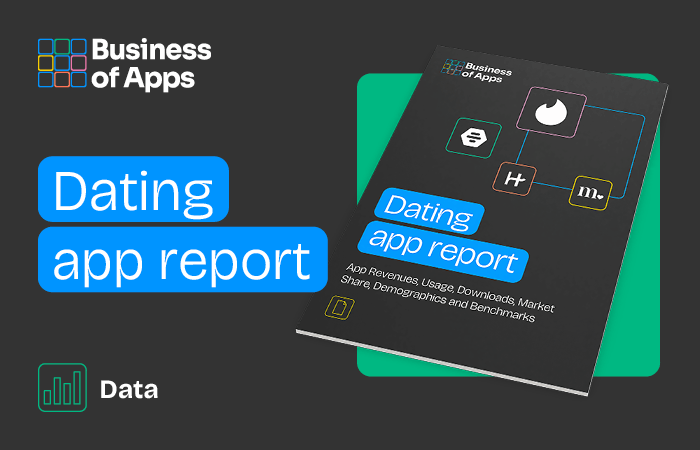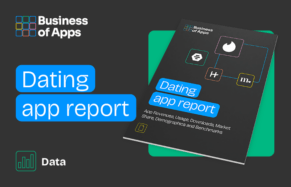“Every year, we say it’s the hardest year to grow an app,” Flo Health CEO Dmitry Gurski joked to a packed house. “But after 16 years, I’m convinced: it really does get harder every time.”
These were the opening words of Gurski’s keynote address at APS London 2025, in which he delivered a candid and data-rich account of how he and his team built one of the world’s most widely used health apps.
He unpacked the thinking behind Flo’s long-term growth — from user lifecycle design to product-led retention — offering a clear-eyed view into what it takes to scale sustainably in an increasingly competitive app economy.
Inside Flo’s growth playbook
Retention is the foundation
From the very first version of the app, Flo showed unusually strong retention. Gurski emphasized that this wasn’t something added later through gamification or UX tweaks. It was, in fact, embedded in the nature of the product and its relevance to users’ daily lives.
If a product doesn’t show signs of stickiness early on, no amount of optimization is likely to change that in a meaningful way. As Gurski put it: “You can’t fake retention. If it’s not there in the MVP, it will probably never be.”
Category over competition
Flo didn’t create a new category. Instead, it entered one that was already fragmented and competitive. But that was the point.
A crowded category signals demand. Trying to invent a new market, Gurski warned, is often a sign that the market simply doesn’t exist.
Sustainable growth is a product of long-term usage, not quick wins
Over half of Flo’s revenue comes from users who installed the app more than a year ago.
That kind of tail isn’t accidental. It reflects a product with real staying power, designed to grow with its users. As Gurski explained, this longevity stems from intentional lifecycle design: features that adapt to shifting needs across key stages like trying to conceive (TTC), pregnancy, and perimenopause.
Subscription tailwinds changed the game
In 2015, the idea of paying for an app still felt far-fetched. Today, Flo has 6M paying users, a shift Gurski credits to changing consumer habits and relentless onboarding optimization. One experiment alone increased trial conversions eightfold.
Retention unlocks word-of-mouth
Most of Flo’s early user growth came without paid marketing. App store algorithms and word-of-mouth discovery worked in its favor, but only because users kept coming back. Without strong retention, Gurski argued, organic growth simply isn’t sustainable.
Copying is underrated
Flo runs over 300 experiments at any given time, which is a luxury few startups can afford. But instead of chasing originality, smaller teams should look to established players for clues, Gurski advised. “Assume that what you see in leading apps is the result of thousands of iterations,” said Gurski, “start there.”
Investor metrics don’t always tell the full story
Gurski pointed out that many VCs misapply SaaS metrics to consumer subscription apps, missing the nuance of user behavior. He suggested net revenue retention as a better long-term indicator, since users often churn, return, convert late, or re-subscribe — all patterns that don’t show up cleanly in standard retention charts.
Want more insights? Check out the full video and watch Gurski unpack how Flo became a category leader — through lifecycle design, smart iteration, and long-term user value.
Source: App Promotion Summit
In a market where paid growth is volatile and user attention fleeting, he made the case for something unglamorous but essential: building for longevity. Retention isn’t an add-on or a growth tactic. It’s the product. For teams chasing the next hockey-stick moment, Flo’s story is a reminder that compounding starts with staying power.
Explore all the APS London 2025 videos here.




















